Patio II
Project Type University Campus Extension Design
Organization Politecnico Di Milano
Architects Anthony Sfeir
Andrija Ilic
Lorand Nagy
Topic Policity University as an Urban Actor
Location Carlo Besta Hospital, Cita Studi, Milano
Area 11.250 square meters
Status Proposal
Starting with Vittoriano Viganò's Patio
Patio II draws inspiration from Politecnico di Milano’s iconic patio, originally designed by Vittoriano Viganò in the 1970s. We understand the original patio as a design shaped by the variety of buildings forming it, which resulted in a space that naturally evolved as a consequence of its architectural context.
Patio II follows this architectural strategy to create a cohesive space. Serving as a vital link between three structures, it offers a dynamic, multi-functional environment. This adaptable space transforms into a lively social hub, allowing people to work, study, and connect, immersed in the energy of the city around them.

Urban Envelope
The facade balances openness, employing curtain glass where necessary, with white abstract louvre materiality that honours the surrounding urban context and Milanese identity, while infusing the space with a fresh vibrancy and creating shadows where needed to limit artificial cooling and heating.





Ground Floor Plan
scale: 1/200
Elevation Detail
scale: 1/20
Function Distribution
Three volumes integrate with the terrain along the urban perimeter and current campus, leaving an empty core which is then covered thus resulting into Patio II. The project includes three distinct buildings: one dedicated to honoring Politecnico di Milano’s professors, another extending the Giuriati Gym and Sports Facilities, and a student-centered space with classrooms and study areas.

Seamless Urban Integration
The three buildings seamlessly follow the urban perimeter, adopting a modern Milanese facade that integrates naturally with the surrounding context.





East Elevation
scale: 1/200
Wall Section Detail
scale: 1/20
Section 1-1
scale: 1/200
Central Connector and Structural Anchor
A Signal element serves as both the vertical connector and primary support for the truss systems, linking the upper sections of the buildings and anchoring the patio.

Multi-Functional Interiors
This project features multifunctional interior spaces for presentations, studying, and socializing, fostering collaboration and community in a flexible, engaging environment.




